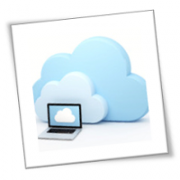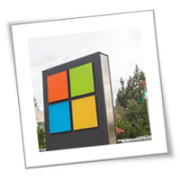More and more companies these days are hosting their business components on the cloud, as it has proven to be reliable, cost-effective, and secure. However, many small- and mid-sized businesses (SMBs) experience certain operational pains on either the public or private cloud. Fortunately, they can now opt for a middle ground that offers the best of both worlds: the hybrid cloud.
Hybrid clouds are a combination of private and public clouds. In private clouds, data and applications that require tighter controls are hosted either internally or privately on an off-site facility. Meanwhile, public clouds are managed externally by third-party providers with the express purpose of streamlining a company’s IT infrastructure.
Benefits of a hybrid cloud setup
Here are three significant advantages of hybrid cloud environments.
Adaptability
Having the ability to choose between internally or privately hosted cloud servers and public ones lets you pair the right IT solution with the right job. For example, you can use the private cloud to store sensitive files while utilizing more robust computing resources from the public cloud to run resource-intensive applications.
Cost efficiency and scalability
Does your business struggle to meet seasonal demands? With a hybrid cloud solution, you’ll be able to easily handle spikes in demand by migrating workloads from insufficient on-premises servers to scalable, pay-as-you-go cloud servers whenever needed, without incurring extra hardware and maintenance costs.
So if there are last-minute computing demands that your hardware can’t support, or if you’re planning for future expansion, you can easily scale capacity up or down with a hybrid cloud solution.
Security
Last but not least are the security advantages of a hybrid cloud solution. You can host sensitive data such as eCommerce data or an HR platform within the private cloud, where it will be protected by your security systems and kept under close watch. Meanwhile, routine forms and documents can be stored in the public cloud and protected by a trusted third party.
How to set up a hybrid cloud
The following are the different ways to set up a hybrid cloud model based on your SMB’s requirements and the providers available to you:
- Employ one specialized cloud provider who offers comprehensive hybrid solutions.
- Integrate the services of a private cloud provider with those of another public cloud provider.
- Host a private cloud yourself and then incorporate a public cloud service into your infrastructure.
Our experts can help you transition to a hybrid cloud solution without interruption and huge costs. Contact us today to learn more about the business benefits of a hybrid cloud.
If you are looking for an expert to help you find the best solutions for your business talk to GCInfotech about a free technology assessment
Published with consideration from TechAdvisory.org SOURCE











